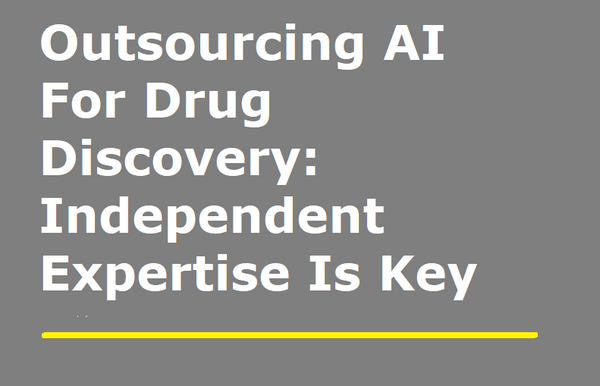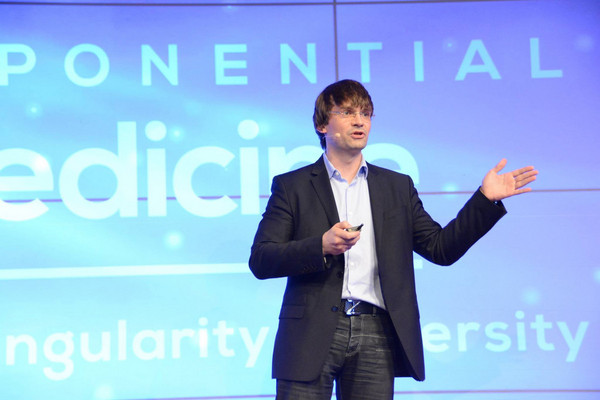A Clear Example of AI Value For Drug Discovery Has Arrived
With all the hot discussions (for instance, here, here, here and here) going on right now among medicinal chemists, pharmaceutical researchers, and data scientists as to what artificial intelligence (AI) means for the future of drug discovery, the life science world has divided into “AI-believers”, “AI-atheists”, and “AI-agnostics”.
It is useless to repeat what has been many times said about successes of AI in areas like natural language processing, image processing, pattern recognition and self-driving cars (here is the summary), but few of us knew if those sort of results (or any meaningful results at all) could possibly be achieved with such complex systems as biological organisms… Finally, however, a hint of hope arrived.
Topics: AI & Digital

